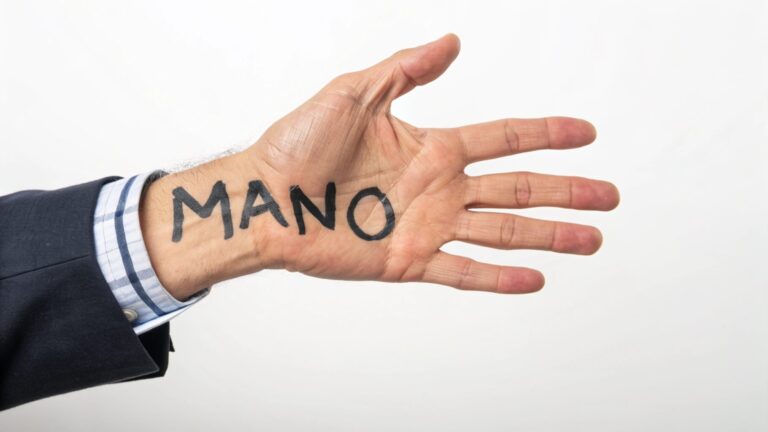What is Bahay Kubo
The Bahay Kubo, also known as the Nipa Hut, is a traditional Filipino house. It holds a distinct place in Filipino culture and architecture and is renowned for its simplicity, aesthetics, and functionality, especially suited for the tropical climate of the Philippines.
History
The history of the Bahay Kubo dates back to pre-colonial Philippines. These houses were originally designed to withstand the tropical conditions of the Southeast Asian environment, incorporating local materials such as bamboo and nipa palm leaves. The Bahay Kubo’s design showcases the ingenuity and resourcefulness of early Filipinos, adapted to the archipelago’s frequent typhoons and hot climate. Over the centuries, the Bahay Kubo has been a symbol of Filipino culture, featured in songs and literature as an icon of the rustic, simple life.
Design and Structure
The Bahay Kubo is typically built on stilts, which protect from flooding and pests. The open and elevated design facilitates air circulation that helps cool the interior. The walls are often composed of bamboo slats, and the roof is thatched with nipa leaves, both abundant materials in the Philippines.
Cultural Significance
Bahay Kubo is celebrated in the popular folk song of the same name, which illustrates the variety of vegetables growing around this house. This song reflects the Filipino value of a bountiful life and appreciation for simplicity and community. Despite modern housing developments, the essence of the Bahay Kubo is prevalent in rural designs and can be seen in some contemporary interpretations of eco-friendly architecture. The Bahay Kubo also represents a harmonious relationship between nature and the living environment, highlighting the importance of sustainability in Filipino culture. This connection extends to traditional modes of transportation, such as the kalesa, a horse-drawn carriage that has been a staple in Filipino urban life. Inquiring about its significance in Filipino history, one might ask, “what is a kalesa? “—a symbol of the past that continues to inspire a sense of nostalgia and cultural pride.
Frequently Asked Questions
What materials are used in building a Bahay Kubo?
The main materials used in building a Bahay Kubo are bamboo for the structure and walls, and nipa leaves for the roof. These materials are lightweight, sustainable, and locally sourced, making the Bahay Kubo environmentally friendly.
Why is the Bahay Kubo built on stilts?
Building the Bahay Kubo on stilts helps prevent water and pests from entering the house, particularly during floods. It also aids in cooling the home by allowing air to circulate underneath.
How does the design of the Bahay Kubo aid in cooling?
The open-plan design, use of breathable materials like bamboo, and the elevated structure allow for air flow, helping to keep the interior cool and comfortable despite the hot and humid climate.
Is the Bahay Kubo still relevant today?
Yes, the principles of Bahay Kubo’s design are relevant today for sustainable architecture, inspiring modern eco-friendly buildings. It provides insights into natural ventilation, local material use, and flood mitigation.
What does the Bahay Kubo symbolize in Filipino culture?
The Bahay Kubo symbolizes simplicity, resourcefulness, and harmony with nature, reflecting the core values and history of the Filipino way of life.

